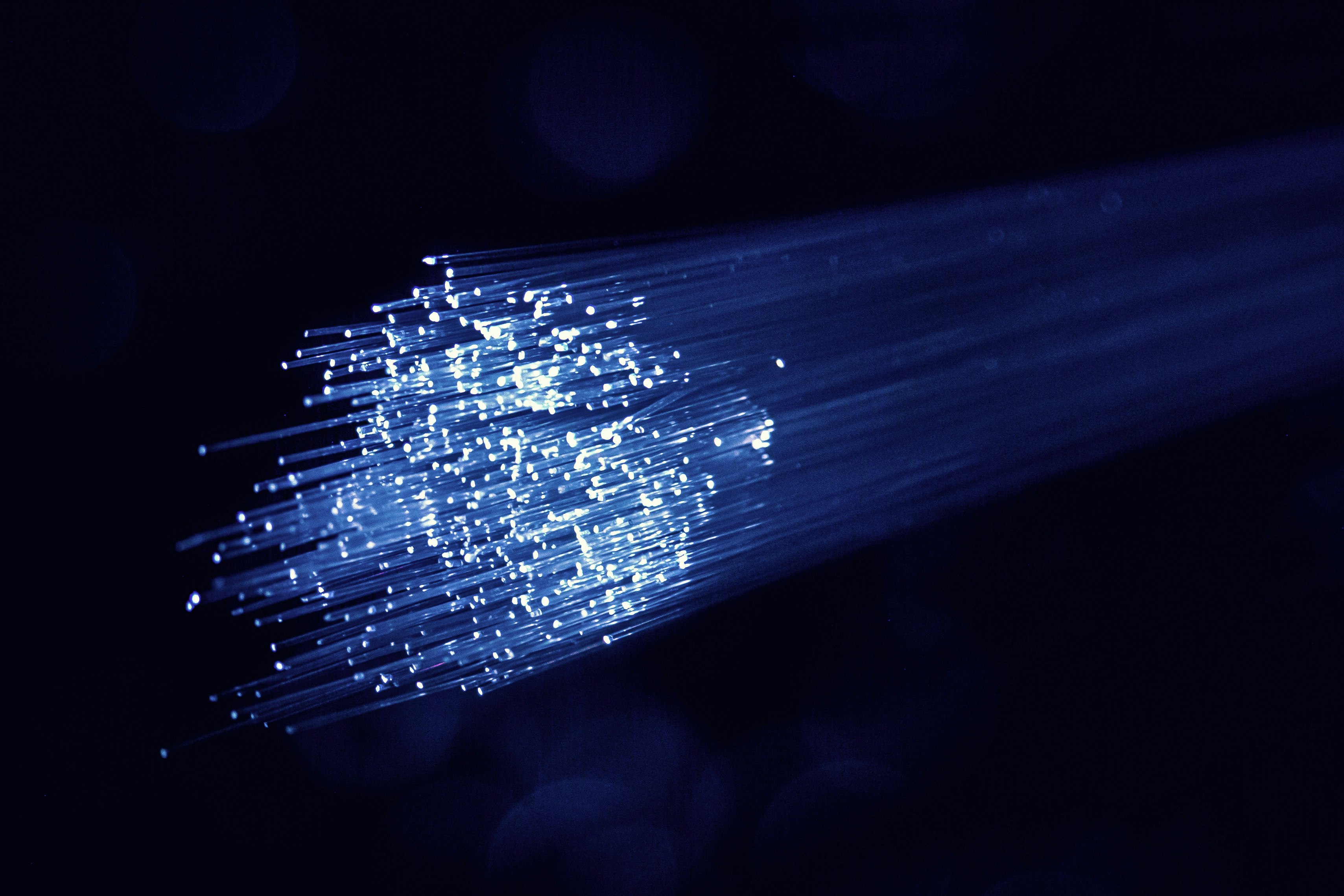Optical fiber technology has revolutionized data transmission, enabling high-speed connectivity over vast distances. At the heart of this technology are optical fiber connectors, which play a crucial role in ensuring reliable and efficient data transfer. In this comprehensive guide, we’ll explore the various types of optical fiber connectors, their characteristics, and their applications, helping you make informed decisions when building or upgrading your fiber optic network.
Buy Airtel Wi-Fi with exciting benefits!
Understanding Optical Fiber Connectors
Optical fiber connectors are devices that join optical fibers, allowing light to pass from one fiber to another with minimal loss. They come in various shapes, sizes, and designs, each with its unique features and benefits. The choice of connector depends on factors such as the type of optical fiber cable, the application, and the environment in which it will be used.
Types of Optical Fiber Connectors
1. SC Connector
The SC (Subscriber Connector or Square Connector) is a popular choice for data communication, telecom, and data center applications. It features a 2.5 mm ferrule and a push-pull latching mechanism, offering durability and ease of use. SC connectors are commonly used with single-mode fiber and multi-mode fiber cables.
2. LC Connector
The LC (Lucent Connector) is a compact connector with a 1.25 mm ferrule and a latch-style locking mechanism. Its small size makes it ideal for high-density applications, such as data centers and enterprise networks. LC connectors are often used with single-mode fiber for high-speed, long-distance data transmission.
3. MTP/MPO Connector
The MTP/MPO (Multi-fiber Push On) connector is a multi-fiber connector that combines 12 to 24 fibers in a single ferrule. It is designed for high-bandwidth optical parallel connections and is commonly used in data centers and high-performance computing environments. MTP/MPO connectors can be more complex due to key-up and key-down, male and female configurations.
4. ST Connector
The ST (Straight Tip) connector features a bayonet mount and a long cylindrical 2.5 mm ferrule. It is widely used in multi-mode fiber networks, such as college campuses and office buildings. The spring-loaded, keyed, and “push in and twist” mechanism makes ST connectors easy to use and maintain.
5. FC Connector
The FC (Ferrule Connector) features a threaded container and an aligned key. Although it was commonly used in fiber optic networks, it has largely been replaced by SC and LC connectors in recent times. FC connectors offer precision alignment once positioned and are still used in some specialized applications.
Choosing the Right Optical Fiber Connector
When selecting an optical fiber connector for your network, consider the following factors:
-
Size and Compatibility: Evaluate the space constraints and ensure compatibility with existing equipment. SC connectors are larger and more robust, while LC connectors are smaller and suitable for high-density applications.
-
Performance: Consider the signal integrity and transmission speed requirements. Both LC and SC connectors excel in these areas, making them suitable for high-speed networks.
-
Ease of Installation and Maintenance: Assess the ease of handling and maintenance. LC connectors are easier to handle due to their smaller size, while SC connectors require more space but offer durability.
-
Future Proofing: Anticipate future network needs and scalability. Fiber LC connectors support higher data rates and are favored for future-proof, scalable networks.
-
Cost Considerations: Evaluate upfront costs and operational expenses. LC connectors may have higher upfront costs but can reduce operational expenses with easier maintenance and scalability.
-
Environmental Demands: Consider the environmental factors, such as temperature and humidity resistance. Choose connectors that meet the durability requirements of your operational environment.
Optimizing Fiber Connector Performance
To ensure optimal performance and reliability of your fiber optic network, follow these best practices:
-
Preparation: Clean the connector and cable end faces meticulously using an alcohol solution to eliminate dirt or debris that could cause signal loss.
-
Handling: Avoid excessive bending or twisting of the fiber cable. Use appropriate tools, such as cable grips and strain relief brackets, to provide support during installation.
-
Regular Maintenance: Regularly clean and inspect connectors to prevent damage and signal loss. Perform scheduled maintenance to ensure optimal performance and reliability.
Conclusion
Understanding the different types of optical fiber connectors is essential for designing and maintaining efficient and reliable fiber optic networks. Whether you’re working with single-mode fiber or multi-mode fiber, this optical fiber guide has provided you with the knowledge to make informed decisions based on your specific requirements.
When it comes to high-speed internet connectivity, Airtel Broadband offers a range of fiber optic broadband services, delivering speeds up to 1 Gbps. With Airtel Xstream Fiber, you can experience seamless browsing, streaming, and downloading, thanks to the power of fiber optic technology.
By selecting the right types of optical fiber cable and connectors, and following best practices for installation and maintenance, you can ensure optimal performance and future-proof your network for the ever-growing demands of data transmission.


 Get App
Get App  Airtel Store
Airtel Store  Login
Login 


